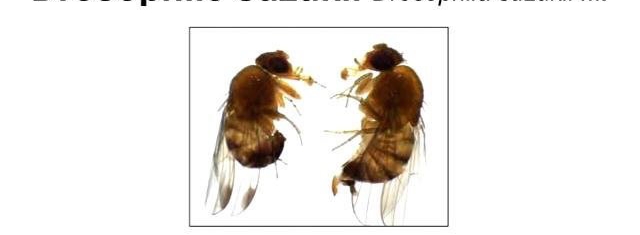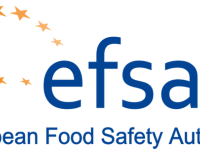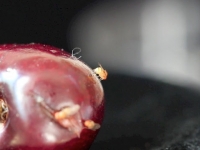Health
France Italy and Spain will not allow dimethoate fighting against Drosophila
Drosophila suzukii cherry damages

Drosophila Suzikii (Source: Courtesy France TV)
USPA NEWS -
Following referral to the European Commission by France on 29 March on the risks to consumer products treated with dimethoate, the European Food Safety Authority (EFSA) concluded that the data are not sufficient to clearly exclude a risk to consumer health.
Following referral to the European Commission by France on 29 March on the risks to consumer products treated with dimethoate, the European Food Safety Authority (EFSA) concluded that the data are not sufficient to clearly exclude a risk to consumer health.----------------------------------------------------------------------------------------------------------------------------------
During the discussion today in Brussels between the Commission and the Member States, France reiterated its position: to protect the health of consumers without exposing producers to the risk of distortion of competition.--------------------------------
After the exchange within the European Committee for protection of plant health, France confirmed today that it will deliver no exemption for the use of dimethoate to protect cherries, as have also announced that Italy and Spain. French Minister of Agriculture, Stephane Le Foll said it would use otherwise a national safeguard clause to prohibit the marketing in France of cherries from countries using dimethoate. A delegation of cherry growers representatives will be received on Tuesday the Ministry to stop the production strategy for this campaign, in particular concrete measures to protect cherries.
French Minister Of Agriculture Stephane Le Foll Action Plan Drosophila Suzukii Cherry European Food Safety Authority Rahma Sophia Rachdi
Liability for this article lies with the author, who also holds the copyright. Editorial content from USPA may be quoted on other websites as long as the quote comprises no more than 5% of the entire text, is marked as such and the source is named (via hyperlink).







